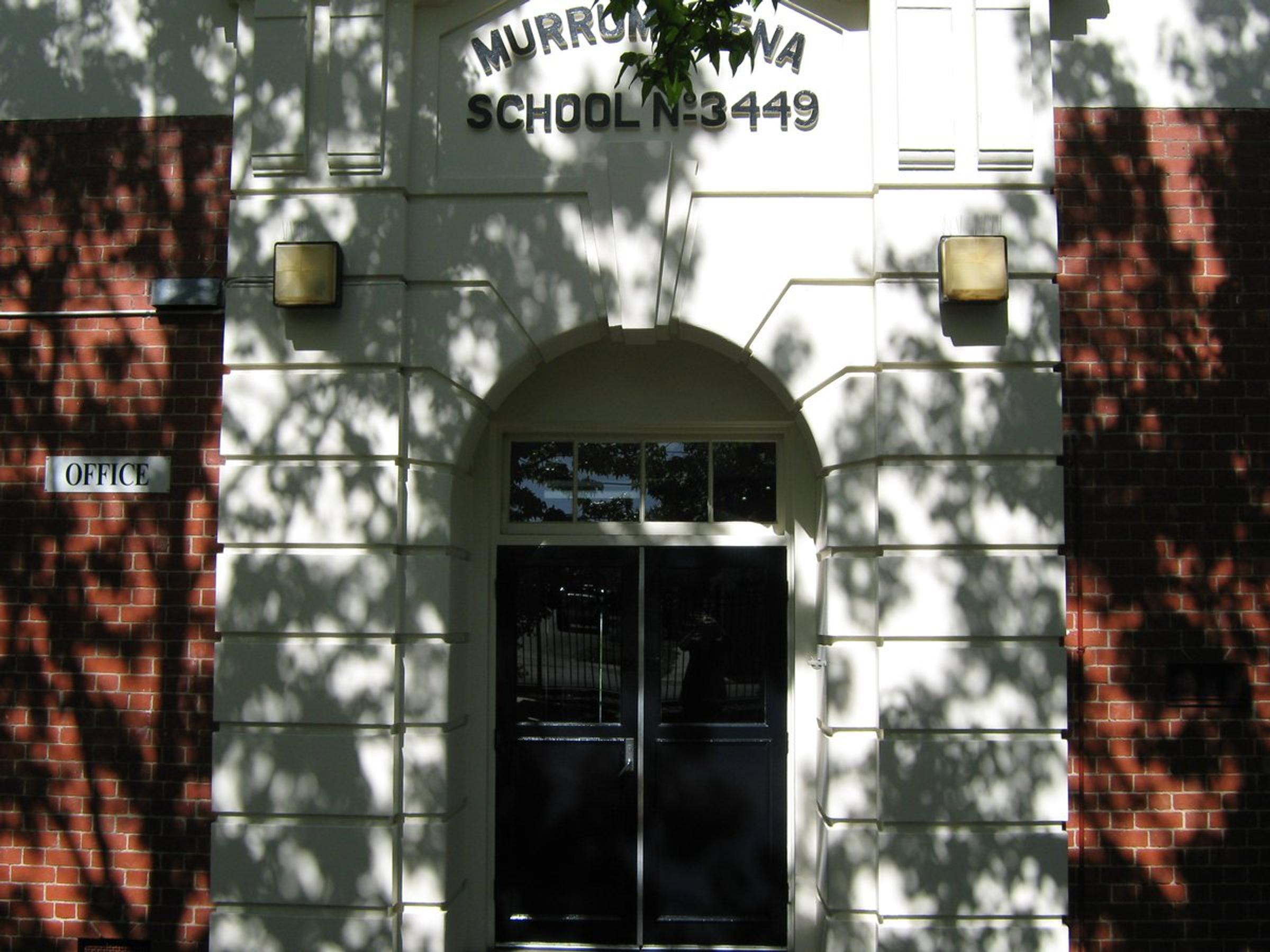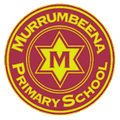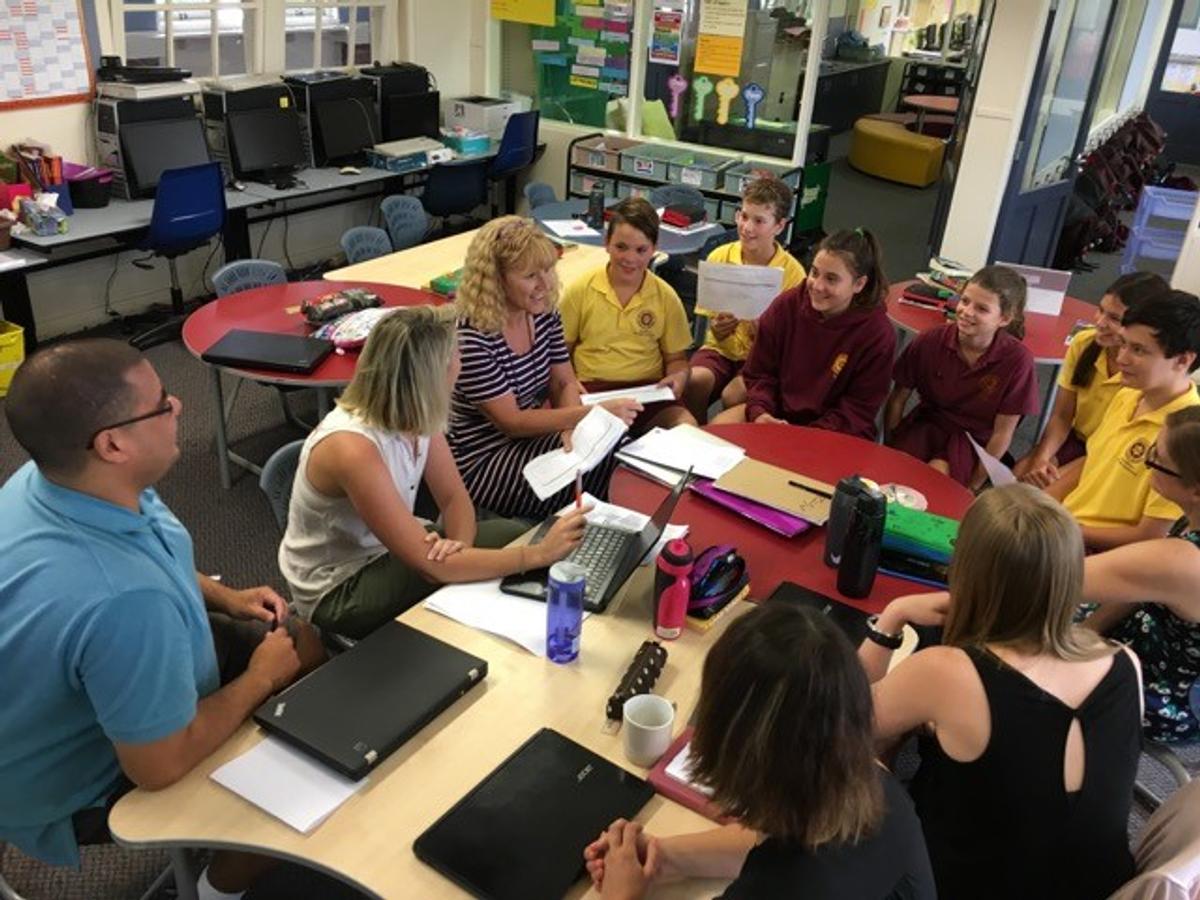From the Assistant Principal

ANXIETY IN CHILDREN
In last week’s newsletter, I wrote about Dr Michael Carr-Greg’s research findings related to resilience. Dr Michael Carr-Gregg is a well-known Australian child and adolescent psychologist.
This week I’d like to share Dr Michael Carr-Gregg’s summary about anxiety in children.
There are times when we all feel a little anxious. Anxiety is a natural emotion; however, how we manage anxiety determines how quickly we overcome anxious situations.
There are 3 types of anxiety:
- Separation Anxiety: the children believe something bad will happen if they are not with their parents; they often confuse these thoughts with reality.
- Social Anxiety: their inner radio is convincing them that everyone is negatively evaluating them.
- General Anxiety Disorder: the inner radio is all negative/bad and there seems like there is no escape.
Steps to Take When Dealing With Anxiety
- Identify the warning signs
- Identify the triggers
- Stop reassuring the child when at high anxiety point: it’s hard for them to process logic/ reasoning when anxious
- Establish a routine
- Spend time with caring people- take time to notice how people care about you
- Notice inner self talk - rephrase negative statements to positive ones
- Practise relaxation and mindfulness (eg. Smiling Minds)
- Look at your overall health-diet and exercise (exercise is not an option, it is essential for healthy growth and development)
Resources and Websites:
http://www.moodcafe.co.uk/: relaxation resources
https://brave4you.psy.uq.edu.au/: program for anxiety
https://moodgym.anu.edu.au/welcome: program for anxiety
https://thepip.com/en-au/: the pip. Small device that allows users to see times they are stressed, relaxed and level. Linked with an app and can accompany meditation sessions to see how well the user is actually meditating and focusing.
- ReachOut Breathe: app for iphone. Helps with panic attacks, tracks the user's heart rate and breathes along with them until it slows down.
- ReachOut Worry Time: app for iphone. Stores your worries so you can address it later, somewhere to write them down and then alarm goes off when you actually need to worry about them.
SAFETY DRILLS
At different times throughout the year, we practise whole school safety drills.
An evacuation drill is when the siren sounds and teachers supervise their classes to exit the building to a designated meeting point.
Another drill we practise is the ‘lock down’ drill. An announcement is made over the PA and classes lock their doors and ‘hide’ in their classrooms until the ‘all clear’ is given.
Prior to a safety drill, the teachers will talk to students (especially the preps) so that they know the school will undertake practices throughout the year and what to expect. This prior warning reassures students so they know what is going on.
After the drill, we reflect on the practice and identify if there are processes we need to improve.
We will have a practice drill at some point before the end of the term.
TRANSFORMING MURRUMBEENA
The community will be aware that with the new train line, there will be an upgrade of the whole Murrumbeena village area. The Glen Eira City Council has already run consultation groups across the area and based on that feedback have developed some proposals to put forward for further consideration.
Here is the link to find out more about some of the proposals:
www.gleneira.vic.gov.au/Murrumbeena (On the right hand side is a document library. Click on Murrumbeena Transforming Our Neighbourhood Together…)
This brochure is relevant to just our Murrumbeena area.
The Glen Eira City Council genuinely invites community suggestions. They have even offered to come to our school to speak with interested school community members. Please let the office know if you are interested and we can organise this for next term.
Last week's newsletter also included a short traffic survey. With development and change on the horizon, exploring traffic movement and determining ways to maximize our students’ safety on the roads is paramount. I urge families to complete the survey attached again below.
Please return the survey to school before the end of term.
PEER MEDIATORS
Our Year 6 students have been trained as peer mediators. Their role in the yard is to provide extra support to students who require assistance to resolve issues. At a recent meeting with the year 6 students, we decided that instead of searching for problems to solve, the peer mediators would encourage and praise students playing cooperatively and safely. The peer mediators will have one ‘house point’ token to hand out to a student they notice demonstrating the school values. Those students will be recognised at the school assembly.
DEVELOPING 'STUDENT AGENCY'
As part of our school implementation plan, we are focusing on developing student voice and choice so that students become reflective thinkers who have high expectations for themselves as learners. While the content of the curriculum is prescribed, we do have a choice about how we deliver that content. With this in mind, we aim to explore ways to facilitate opportunities for students to decide how they learn best, and ways they can represent their learning in more individualistic ways. In order to achieve this goal, we invited students to provide teachers with feedback on which strategies work best for them.
This week, a team of year 6 students worked together to review the literacy, numeracy and inquiry programs. They identified what is working well in their classrooms and made suggestions for increasing student engagement. The year 6 students were then invited to the teachers’ planning session where they presented their ideas. The teachers were impressed with their high level of thinking and reflection, and have made a commitment to implement some of their suggestions when they are planning the next unit of inquiry.
FROM THE STUDENTS
The vice principal, Mrs Plumb, thought of the idea of involving students giving feedback to the teachers about what's working well in the classroom curriculum and what they could do that makes kids enjoy learning even more. Six year 6 students were invited to critically reflect on the learning environment. We worked in pairs to discuss student agency. (We discovered that student agency refers to the level of control, autonomy and power that a student experiences in an educational situation.) With this background knowledge, we could see what the teachers are trying to achieve. Next term, some of the ideas we brought up with the teachers in their planning session may be used in the classroom.
Written by Cameron McC. and Gabriel F.
Chellee Plumb

